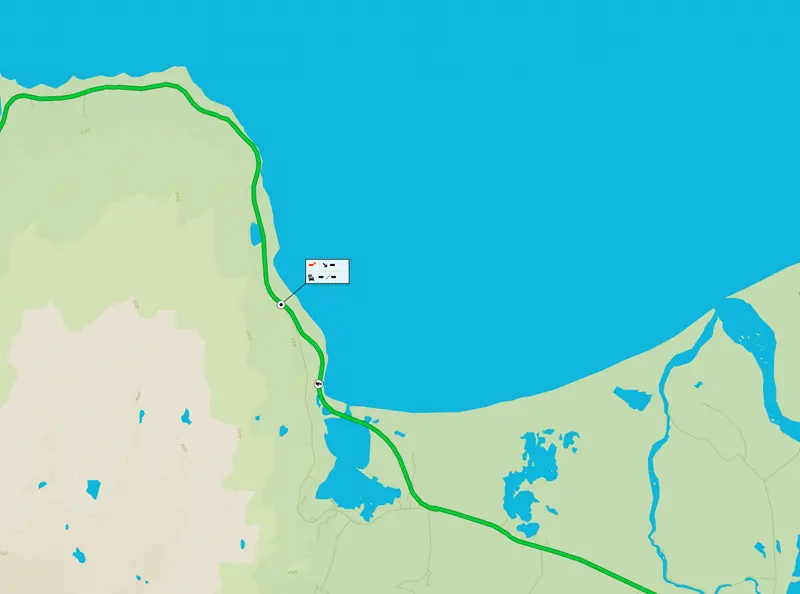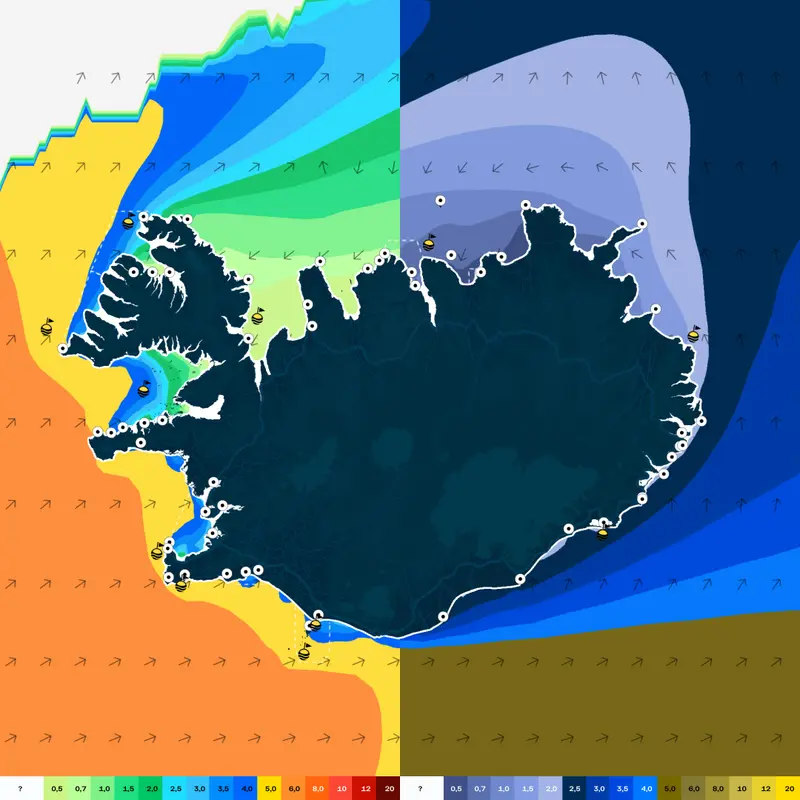PDF · Útgáfa NR-1800-954 / 101844-SKY-001-V01 — mars 2024Framkvæmdir Kolefnisfótsporsgreiningar á brimvarnargörðum og sjóvörnum
With the ever-increasing emphasis on climate change and sustainability, there is growing interest in using environmentally friendly coastal structures. In addition to the engineering and cost factors, the construction Global Warming Potential (GWP) factor influences the selection and design of the structures. Therefore, analysis of constructions GWP facilitates informed decision making in port and coastal projects to achieve climate goals. The Icelandic-type berm breakwaters (IceBB) constitute nearly half of the constructed berm breakwaters in the world. In this research project, the construction GWP of an IceBB is assessed and compared with concrete armor units conventional rubble mound breakwater (ConRMB). The assessment and comparison are made for the extension of the existing breakwater at the port of Thorlakshofn in Iceland. The Life Cycle Assessment (LCA) method is applied to calculate the construction carbon footprint of the structures using GaBi software. Furthermore, the International Union for Conservation of Nature (IUCN) criteria for Nature-Based Solutions (NBS) are used to explore the IceBB characteristics. The results show that the construction of IceBB has a lower GWP than ConRMB. Moreover, the results indicate that IceBB characteristics meet the IUCN criteria for NBS, and thus
can be granted as a (hard) NBS coastal structure. Considering the number of IceBB constructions worldwide, adoption of this structure in coastal protection projects can considerably contribute to climate change mitigating policies.

Framkvæmdir Kolefnisfótsporsgreiningar á brimvarnargörðum og sjóvörnum












